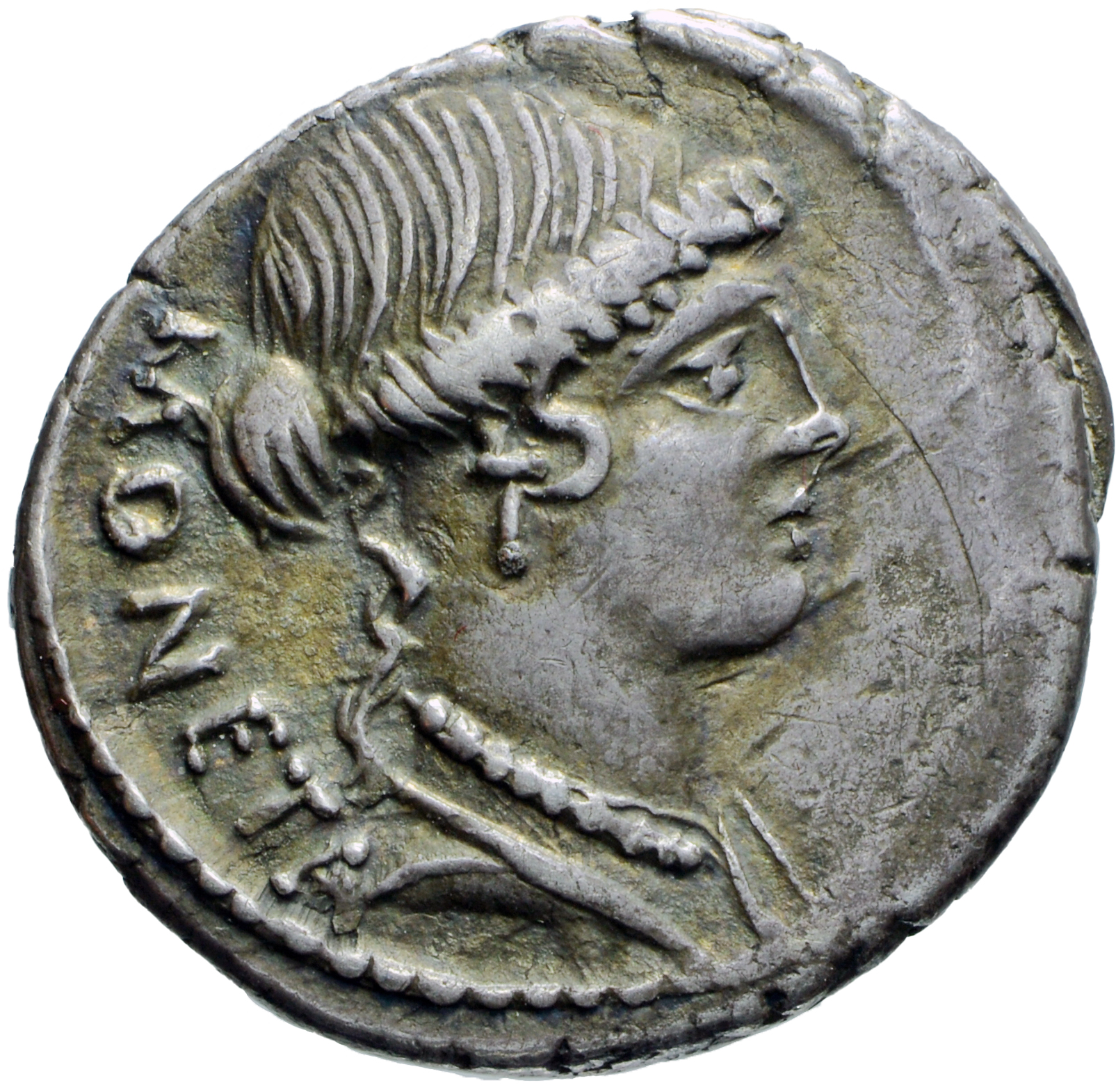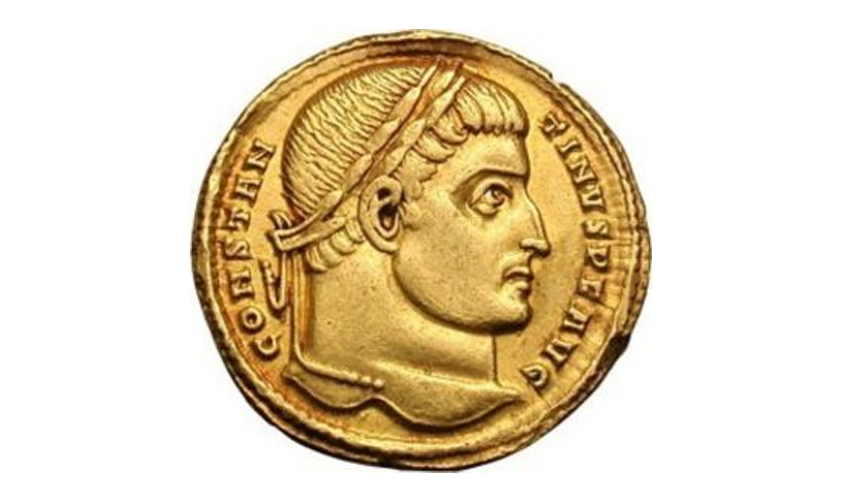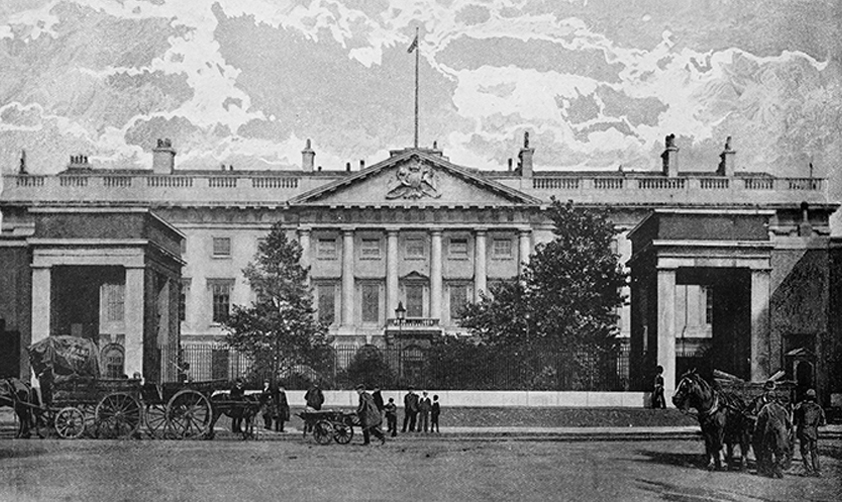Have you ever wondered how the word 'money' came about?
In ancient Rome, moneta was the name for the mint, which in Republican times (509-27 BCE) was located in (or near) the temple of Juno Moneta on the Capitoline Hill.
So why was the goddess Juno known by the attribute 'Moneta'?
According to tradition, the epithet is a form of the Latin verb monēre (to warn, to admonish), and came about in remembrance of an event from 390 BCE, when the Senones Gauls, led by Brennus, had Rome under siege. Legend has it that the Gauls once attempted a nighttime assault, but it was foiled by the sacred geese of Juno, who started honking and alerted the Romans. While there would not have been an actual temple on the hill in those early times, there was certainly a shrine to the goddess, possibly consisting of a sacred enclosure containing an altar and a pond for the goddess's geese.
When the construction of a temple to the 'admonishing' goddess was decreed in 344-3 BCE, by extension the epithet 'moneta' also came to refer to the coins produced in the nearby mint. Visitors to 'The Adventure of Money' were able to see a document of this close tie between Juno and the mint in the form of a Roman coin displayed in one of the exhibition rooms.
That coin was a denarius minted in 46 BCE by the tresvir monetalis Titus Carisius, which has the effigy of the goddess with the inscription MONETA (fig. 1) on the obverse and the tools used in minting on the reverse: tongs, punch, anvil and hammer (fig. 2).

Fig. 1 T. Carisius, silver denarius - obverse, c. 45 BCE, from the collection of Banca d'Italia

Fig. 2 Carisius, silver denarius - reverse, c. 45 BCE, from the collection of Banca d'Italia
The word moneta then continued to remain in use when the mint was moved to the Caelian Hill (near the site where Saint Clement's Basilica stands) between 81 and 84 CE, during the reign of Emperor Domitian, at a time when many other mints were operating outside Rome alongside the central mint in Rome. Its use continued further, when the mint was again moved in the late 4th and early 5th century CE (but we do not know where).
So, from that distant past and through several centuries, the word has come down to us, not as the name for the mint where coins are made, but for the coins themselves.









